Chicory Plant Harvest: How To Harvest Chicory Root In The Garden
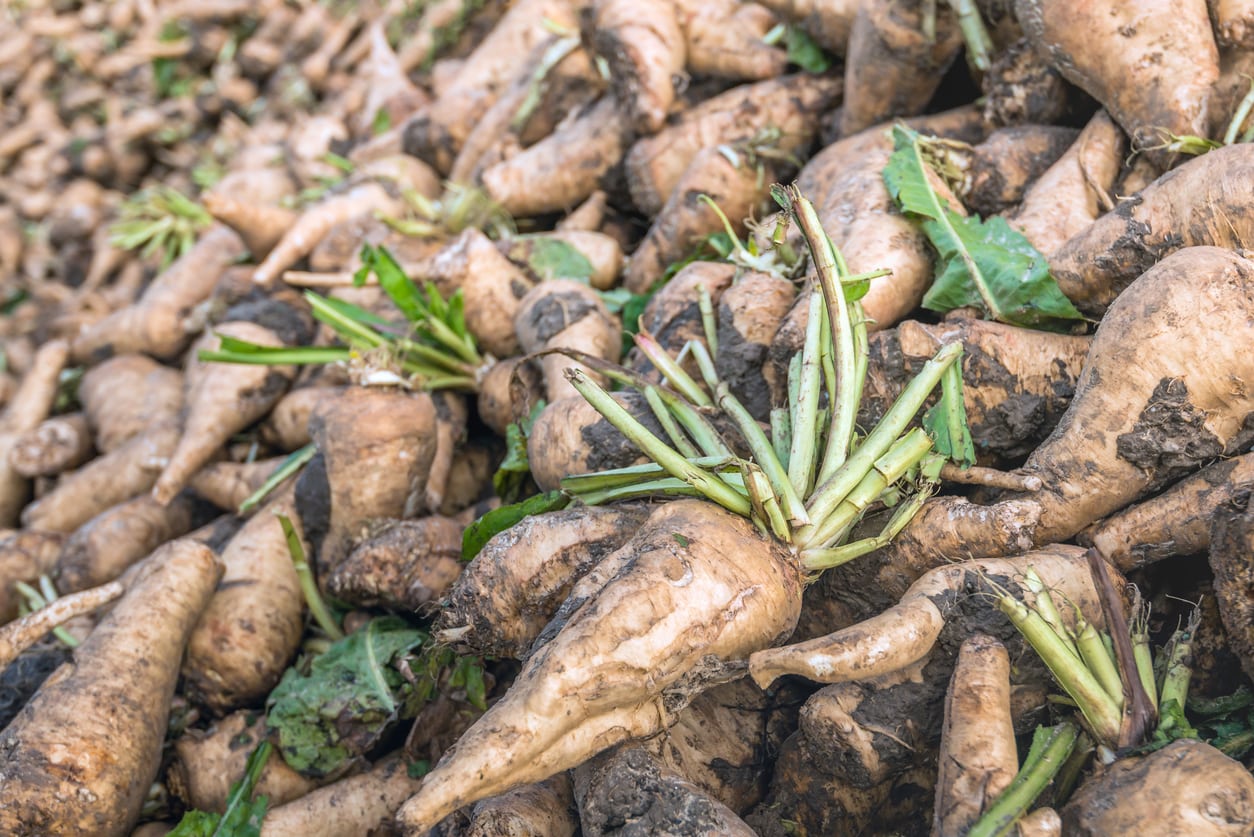

In its native range near the Mediterranean, chicory is a wildflower with bright, happy blossoms. However, it is also a hardy vegetable crop, as its roots and leaves are edible. The time for harvesting chicory depends on the reason you are growing it. Read on for information and tips on picking chicory leaves and harvesting chicory roots.
Chicory Plant Harvest
Chicory started out as a pretty blue wildflower growing like a weed around the Mediterranean region in Europe. Although it has been cultivated for over 1,000 years, it hasn’t changed much from its wild form. Many parts of the chicory plant are edible, and it is a vegetable used in three different forms. Some chicory is grown commercially for its hefty roots that are dried and roasted. When ground, the chicory root is used as a coffee-type drink. Chicory in the garden is usually witloof or radicchio. Both can be grown for their greens, and the chicory plant harvest involves picking chicory leaves. They are slightly bitter like dandelion greens, which has also earned them the name Italian dandelion. The third use of the chicory plant applies to witloof chicory alone. The roots are harvested and used to force new, edible leaves called chicons.
When to Harvest Chicory
If you are wondering when to harvest chicory, the timing of harvesting chicory varies depending on how you want to use the plant. Those growing witloof chicory for its greens need to start picking leaves while they are tender but sufficiently large. This can happen three to five weeks after planting. If you are growing radicchio chicory, the plant may grow in loose leaves or heads. The chicory plant harvest should wait until the leaves or heads are fully grown.
How to Harvest Chicory Root
If you are growing witloof chicory and plan to use the roots for forcing chicons, you’ll need to harvest the crop just prior to the first autumn frost. This is usually in September or October. Remove the leaves, then lift the roots from the soil. You can trim the roots to a uniform size, then store them for a month or two at a temperature around freezing before forcing. Forcing occurs in complete darkness by standing the roots in wet sand and allowing them to produce leaves. The new leaves are called chicons and should be ready for harvest in about three to five weeks. Resembling large carrots, roots harvested as a vegetable are ready once the crown reaches about 5-7 inches (12.5-18 cm.) in diameter. The usable portion of the taproot may be up to 9 inches (23 cm.) long. After cleaning and removing soil, the roots may be cubed and roasted for grinding. Ideally, they should be used within a few days of harvest, as they typically don’t store well for long periods.
Gardening tips, videos, info and more delivered right to your inbox!
Sign up for the Gardening Know How newsletter today and receive a free copy of our e-book "How to Grow Delicious Tomatoes".

Teo Spengler is a master gardener and a docent at the San Francisco Botanical Garden, where she hosts public tours. She has studied horticulture and written about nature, trees, plants, and gardening for more than two decades. Her extended family includes some 30 houseplants and hundreds of outdoor plants, including 250 trees, which are her main passion. Spengler currently splits her life between San Francisco and the French Basque Country, though she was raised in Alaska, giving her experience of gardening in a range of climates.
-
 Looking For Plants To Give You The Soft And Fuzzies? Try These 5 Fuzzy Leaf Plant Options
Looking For Plants To Give You The Soft And Fuzzies? Try These 5 Fuzzy Leaf Plant OptionsLovers of texture, drama, silver foliage and tactile plants will adore these special sensory garden additions. These fuzzy leaf plant options will leave you all aglow
By Susan Albert
-
 Get Ready For A Summer Of Hummers! Grow These Full Sun Hummingbird Plants and Flowers
Get Ready For A Summer Of Hummers! Grow These Full Sun Hummingbird Plants and FlowersIf you’re lucky enough to enjoy a sunny backyard, make sure you are maxing out on your pollinator opportunities and grow these full sun hummingbird plants and flowers
By Tonya Barnett
-
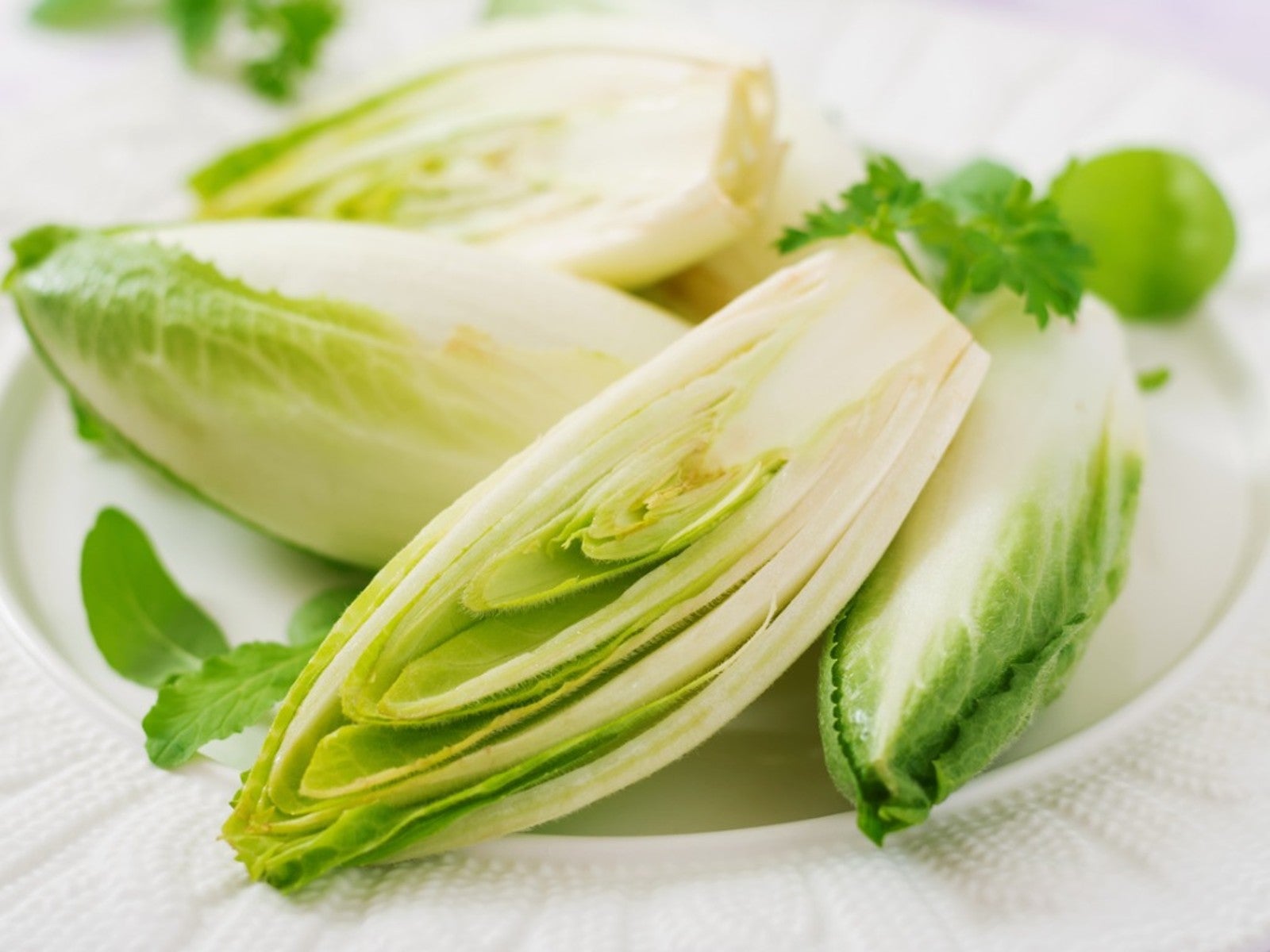 Different Types Of Chicory: What Are Chicory, Endive, And Escarole
Different Types Of Chicory: What Are Chicory, Endive, And EscaroleEndive or Chicory? If you’ve ever found yourself wondering which you should use in a recipe, you’ve come to the right place.
By Laura Miller
-
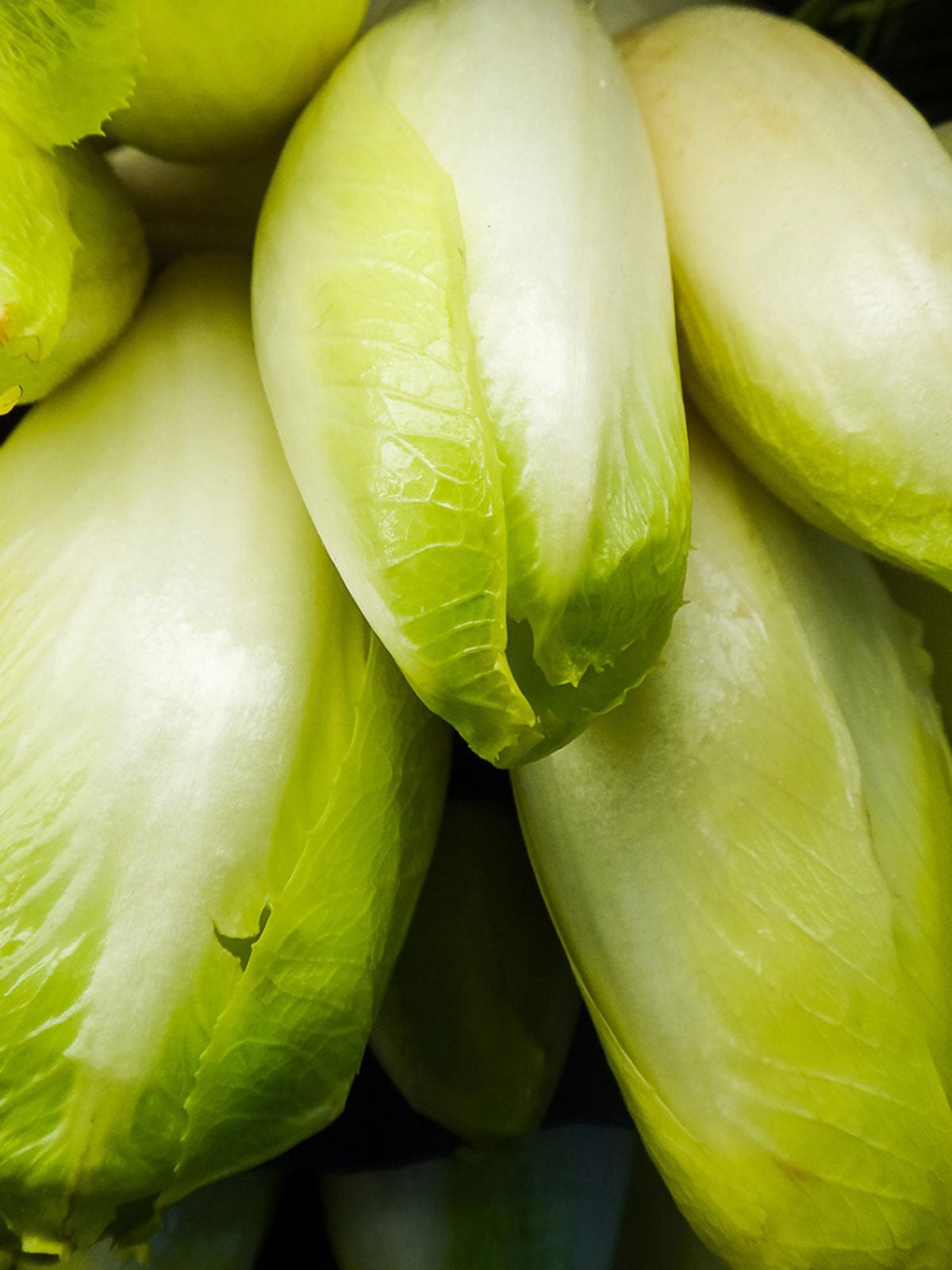 Belgian Endive Info – Tips For Growing Witloof Chicory Plants
Belgian Endive Info – Tips For Growing Witloof Chicory PlantsWitloof chicory is a weedy-looking plant. That's not surprising, as it's related to the dandelion and has frilly, pointed dandelion-like leaves. What is surprising is that witloof chicory plants have a double life. Click here to learn more about this amazing plant.
By Laura Miller
-
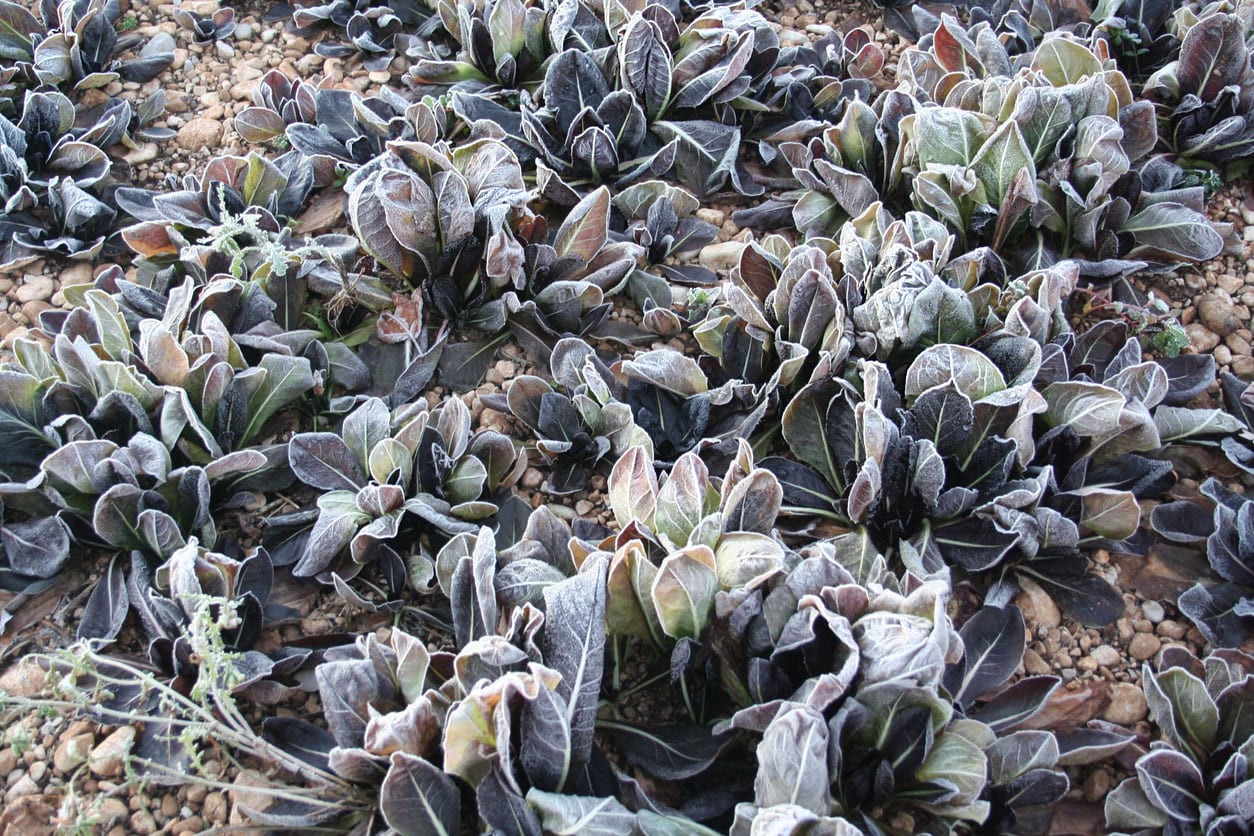 Chicory Winter Care: Learn About Chicory Cold Tolerance
Chicory Winter Care: Learn About Chicory Cold ToleranceChicory in winter generally dies back and will spring anew in spring. This occasional coffee substitute is easy to grow and a fairly reliable perennial in most zones. Learn more about chicory cold tolerance and what you can do to help protect the plants here.
By Bonnie L. Grant
-
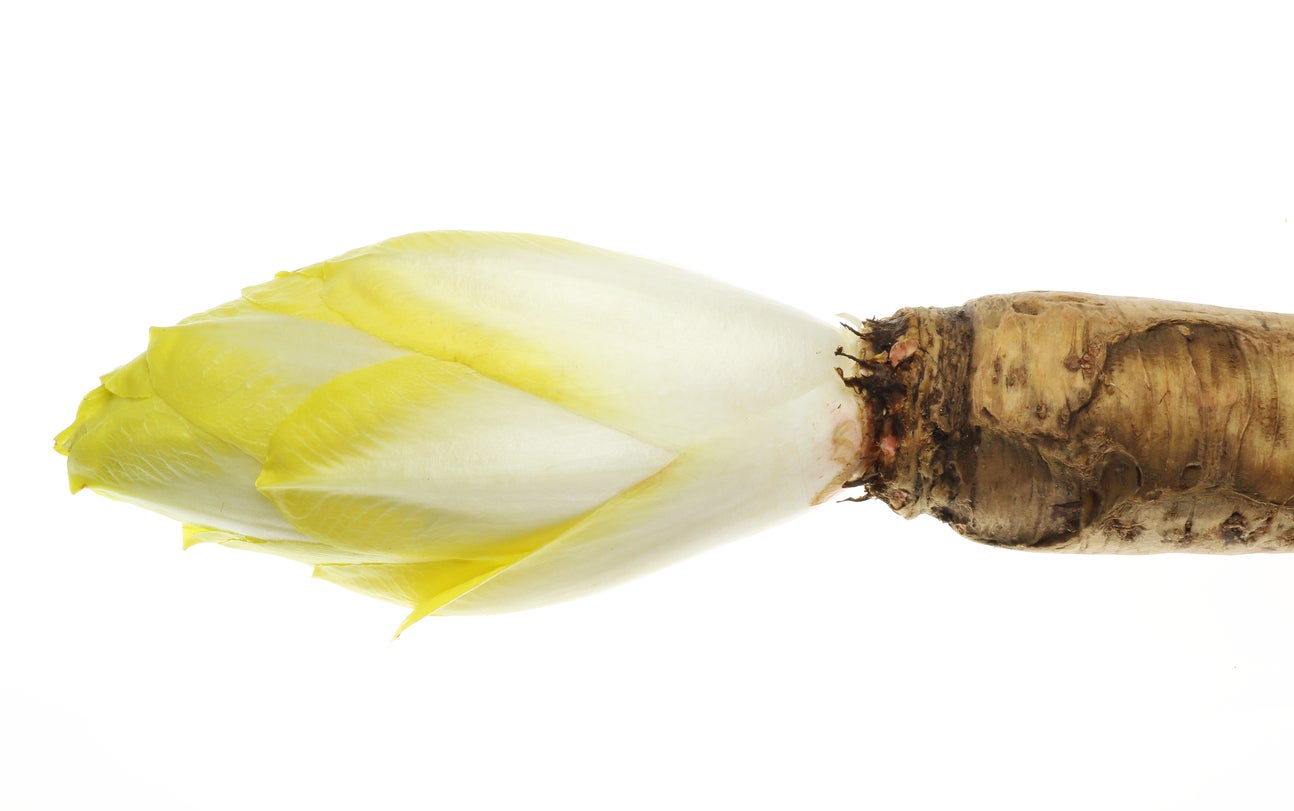 Forcing Chicory Plants – Learn About Chicory Root Forcing
Forcing Chicory Plants – Learn About Chicory Root ForcingHave you ever heard of forcing chicory plants? Chicory root forcing is a common procedure that transforms the roots into something marvelous. If you are growing chicory, and are wondering “should I force chicory,” the resounding answer is yes! Learn more here.
By Amy Grant
-
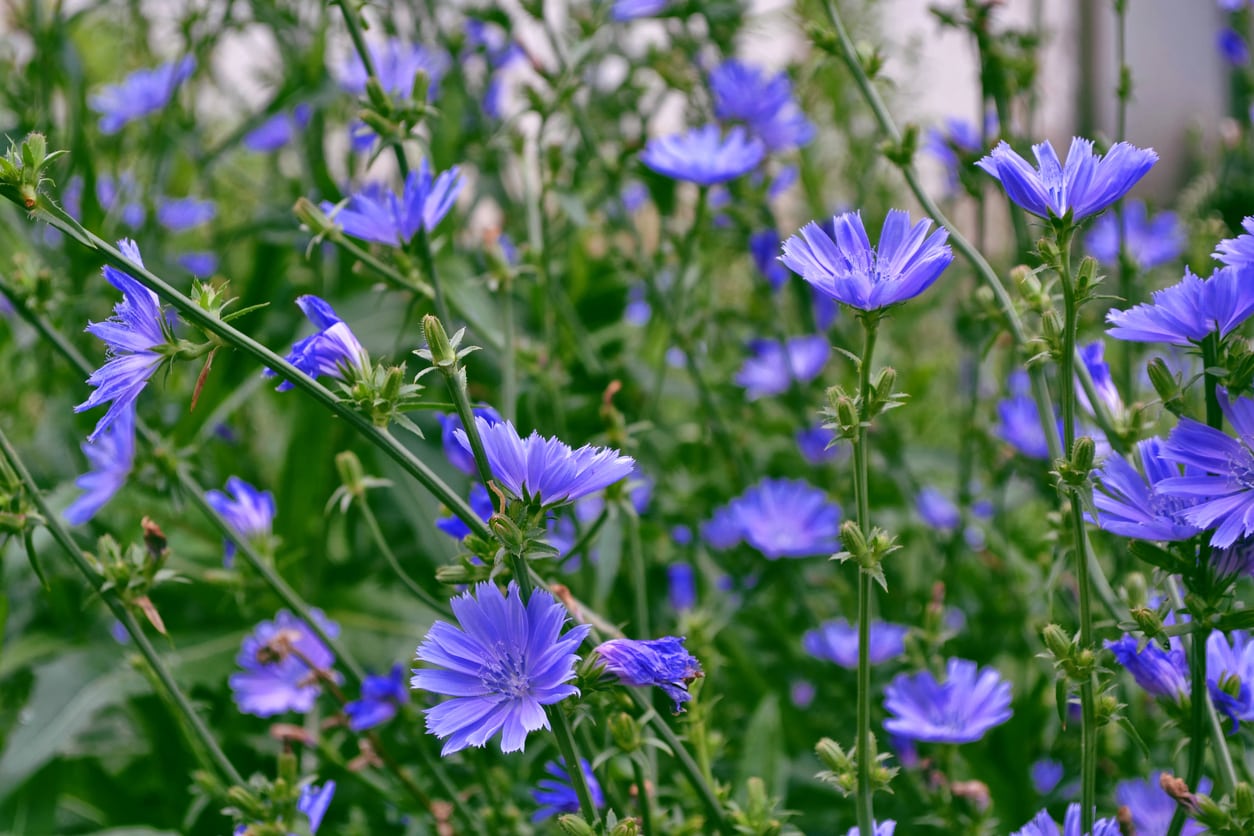 Is Chicory An Annual Or Perennial: Learn About Chicory Lifespan In Gardens
Is Chicory An Annual Or Perennial: Learn About Chicory Lifespan In GardensPlant lifespan is often a subject of debate. For instance, many annuals in the north are actually perennials or biennials in the south. So, is chicory an annual or perennial? Click this article to see which… or if there is a third, unexpected choice.
By Bonnie L. Grant
-
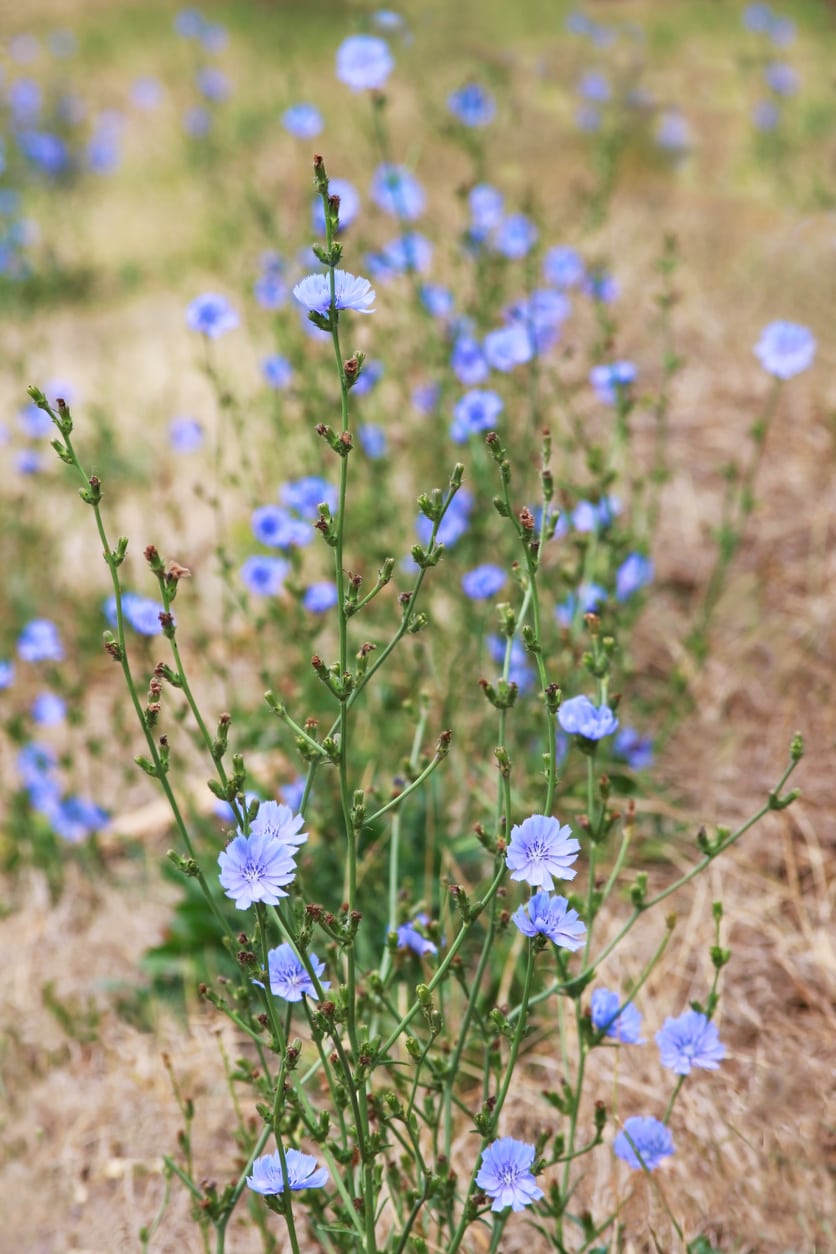 Treating Sick Chicory Plants: Learn About Common Chicory Diseases
Treating Sick Chicory Plants: Learn About Common Chicory DiseasesIf you are growing chicory in your garden, it is disappointing to see sick chicory plants. If this happens to you, you probably want some answers on “what’s wrong with my chicory.” Click this article for a discussion of chicory plant problems.
By Teo Spengler
-
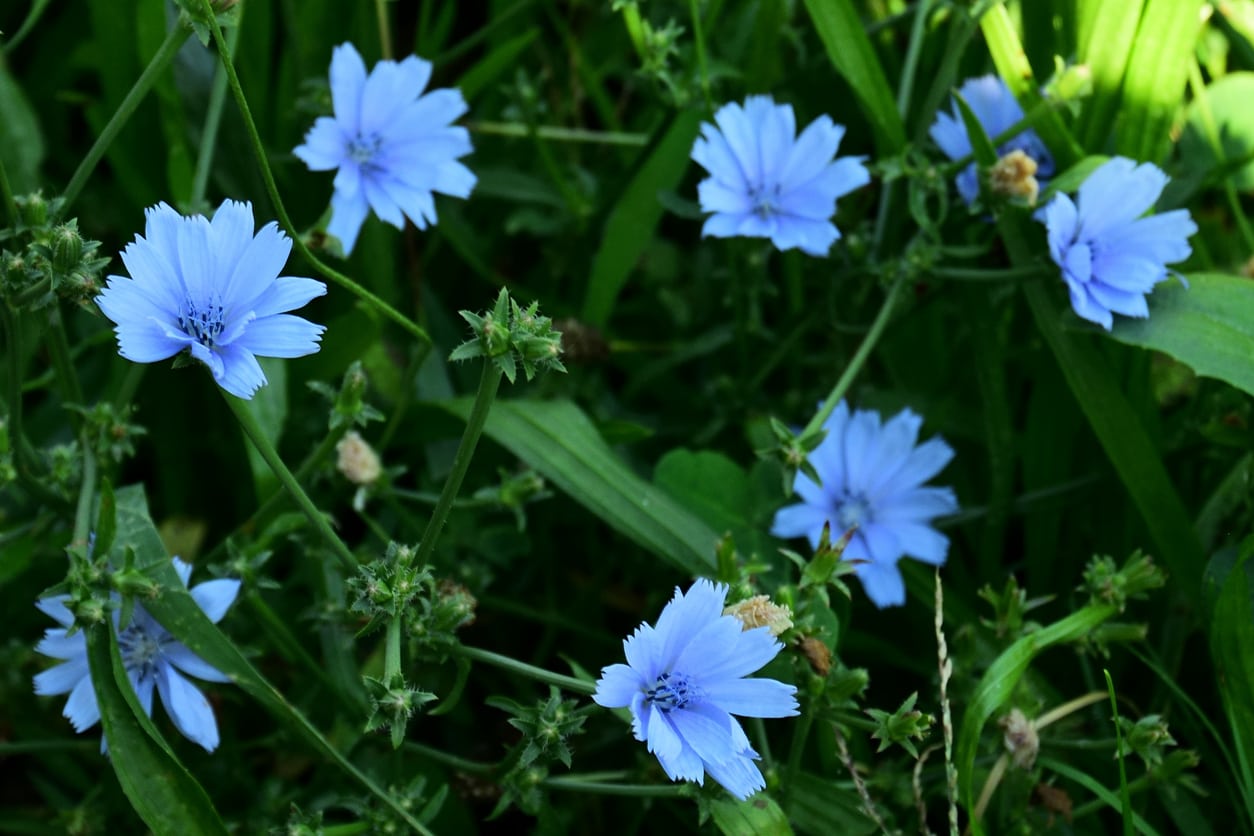 Potted Chicory Care – Can You Grow Chicory In A Container
Potted Chicory Care – Can You Grow Chicory In A ContainerGenerations of herbalists have used this chicory herb as a treatment for maladies ranging from upset stomach and jaundice to fever and gallstones. Growing potted chicory plants is a great way to enjoy them up close and in small spaces. Click here to learn more.
By Mary H. Dyer
-
 Types Of Chicory – Chicory Plant Varieties For Gardens
Types Of Chicory – Chicory Plant Varieties For GardensIf you decide to plant chicory in your garden, you’ll want to scope out different chicory plant varieties. Each has its own characteristics, uses, and growth requirements. Click here to learn about different chicory plants and how to choose among the many varieties of chicory.
By Teo Spengler